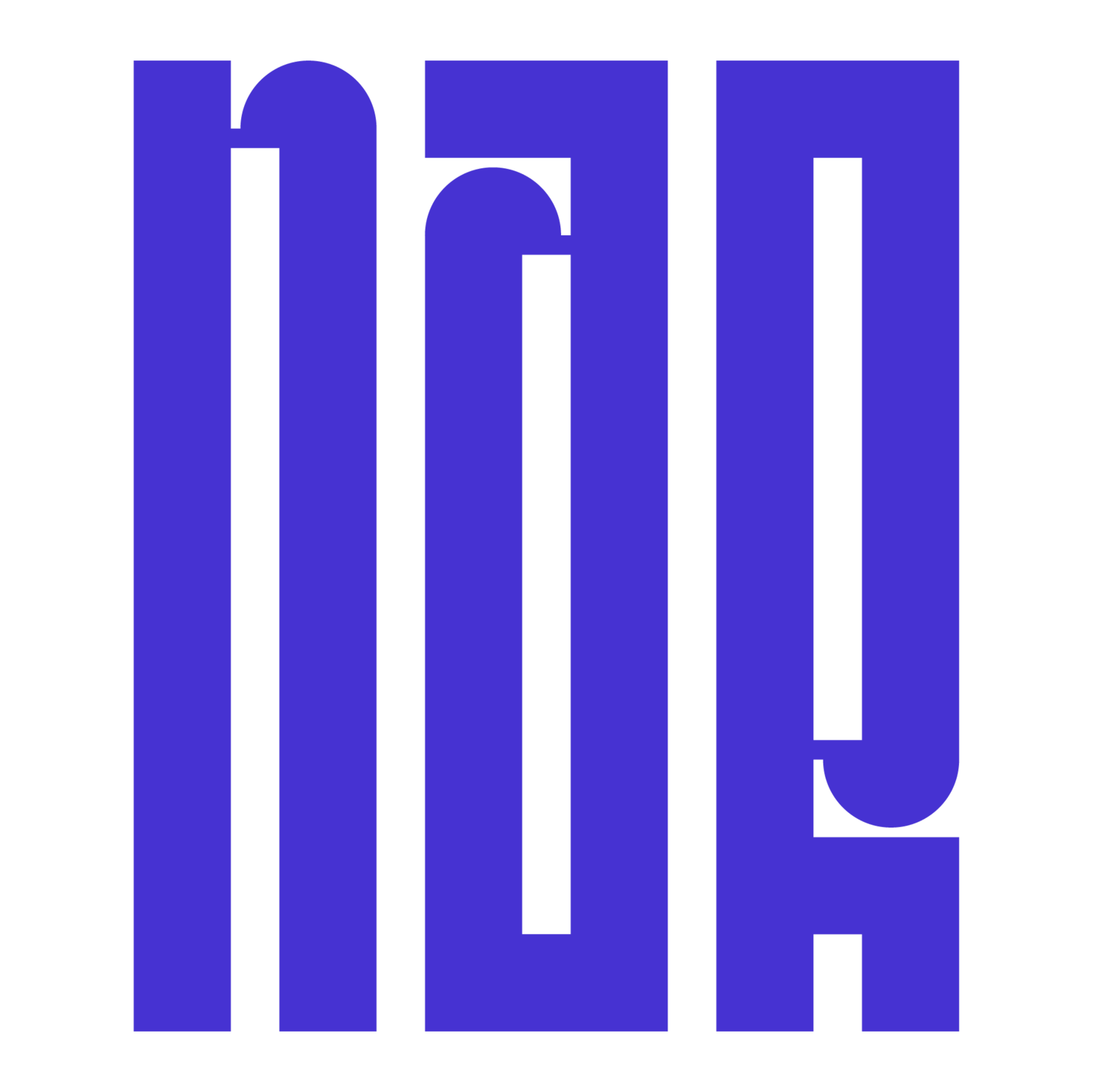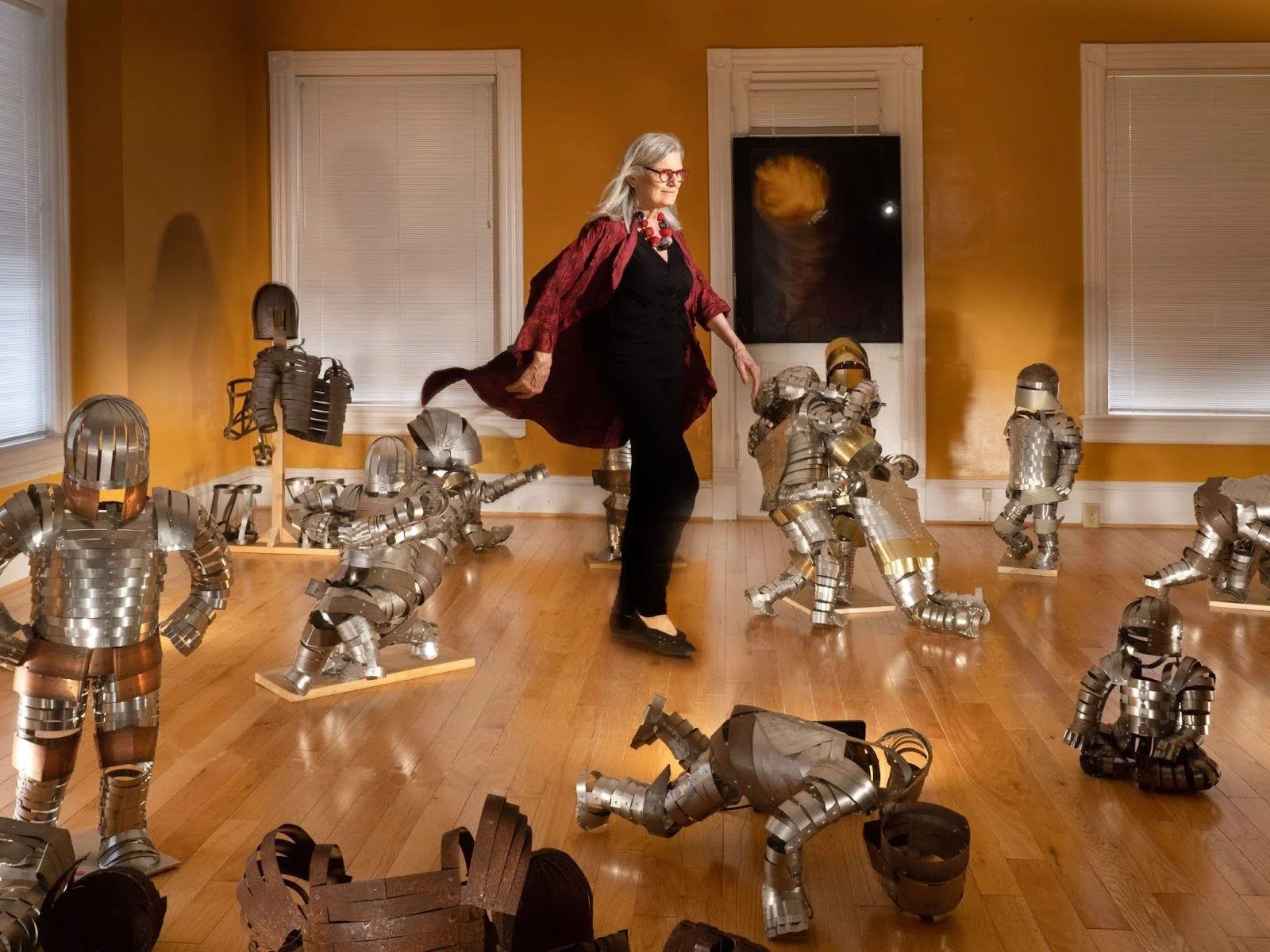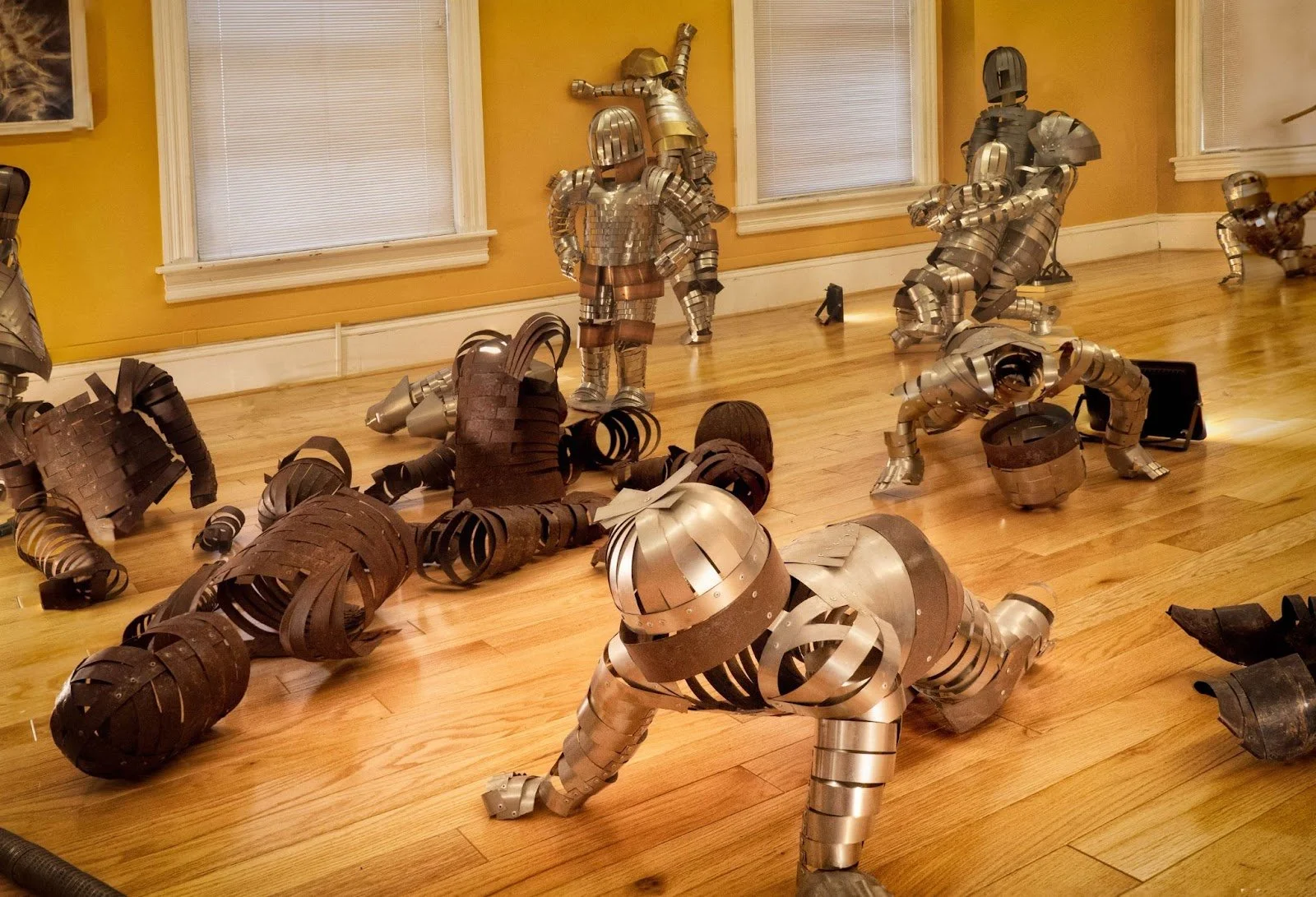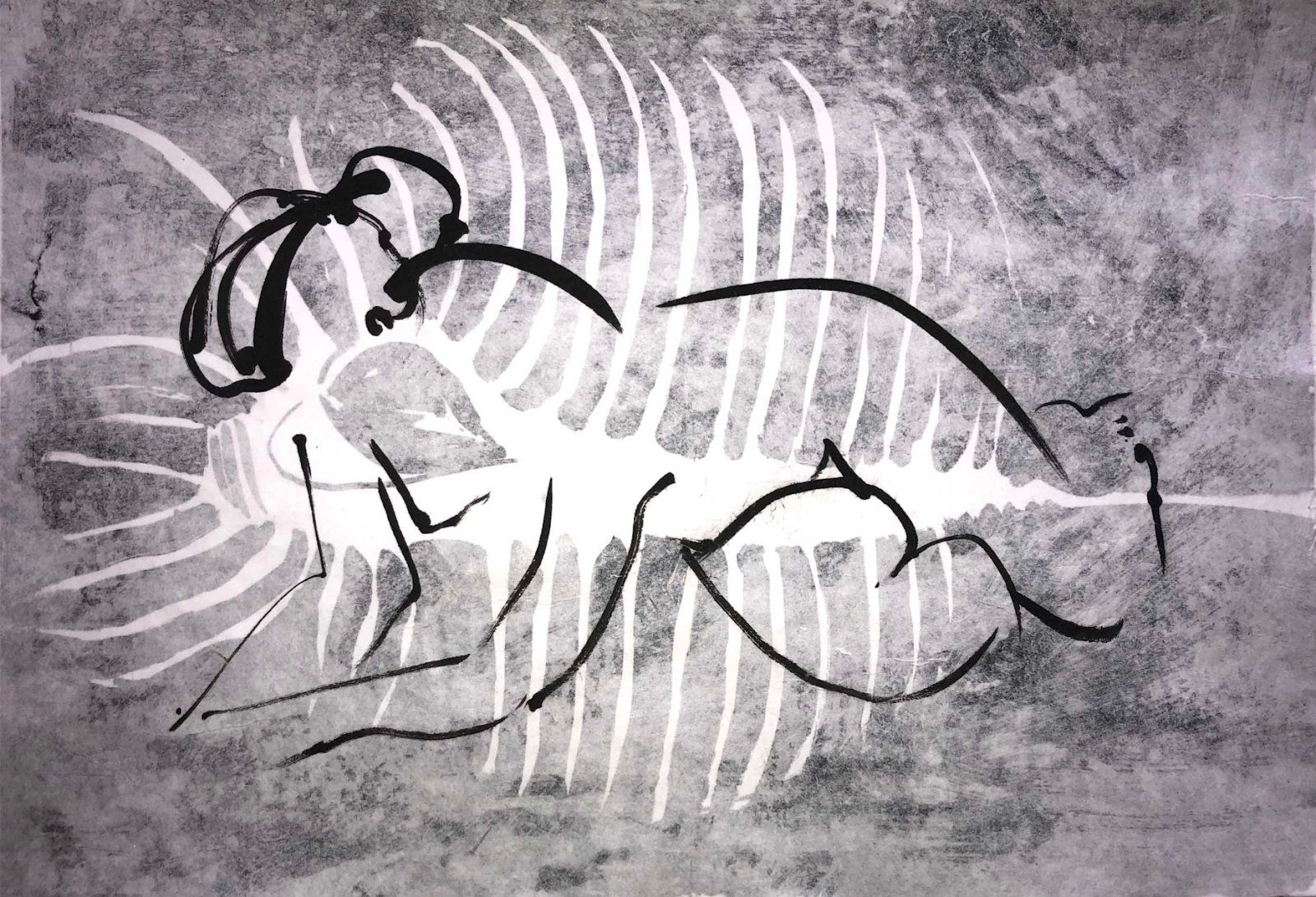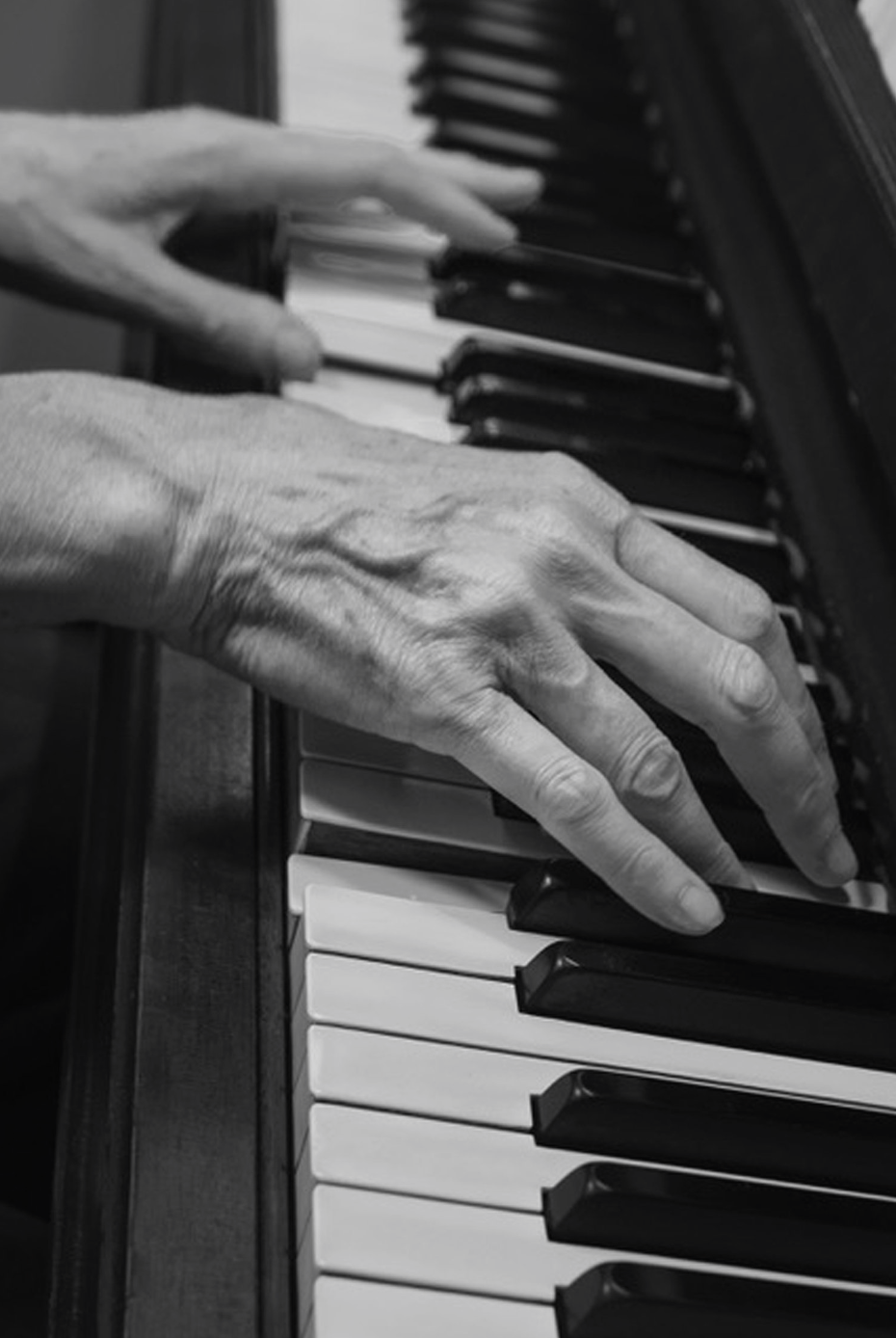An Interview With Kate Taverna
Aimee Resnick (she/her) - June 25, 2023
Kate Taverna amidst The Kids. Image Credit: Ralph Gabriner.
Kate Taverna is a New York-based artist, film editor, and director. In her documentary career, Taverna has co-directed four films and edited 50 more. Of these movies, two have been nominated for Academy Awards and several others have won Emmys. In her sculptural works, Taverna weaves together strips of steel to create provocative explorations of displacement and violence. This week, we sat down to discuss agency in editing, gun tragedies, and artistic exploration.
NAR: Film editing is enigmatic to those of us outside the film world. How do you decide what to include in the final showing? Does exclusion affect narratives to the same extent as inclusion?
Taverna: To me, film editing is like sculpture: it’s a riddle or puzzle to be solved. In
documentaries, there’s no script to follow. The film goes through many, many revisions and evolutions in the process of finding the story.
All the material needed for the film is rarely on hand when one begins the edit. So as I see what the potential of the story can be, I might seek more material that would enhance what we already have. This often means employing archival items, animation, graphics, or further shooting.
Focus is important, and it helps determine what will be taken out and what remains. But focus evolves and deepens too. I would think inclusion affects the narrative more than exclusion, but excluded clips often find their way back in.
NAR: When reflecting on what you’ve excised, what is the most striking moment left on the cutting room floor?
Taverna: One thing that often happens is a later review of what has been excluded as the story evolved: sometimes there are big surprises.
The last film I edited was about Icelandic feminists. It was a project already in process, so I never had time to see all of the material or completely read every transcript. Late in the edit, a character that had been excluded was re-reviewed and brought in at key moments to strengthen the third act and epilogue. In exchange, a clip that I found to be a great moment was taken out to allow for that revision. Film is such an evolving and fluid form of storytelling.
NAR: When pursuing a documentary, where do you lose agency? How does lack of control affect your work?
Taverna: When I am not directing, I don’t have the last word, or the “final” cut, which can be extremely frustrating. I may also not have been around during the shooting of the material. So I would have no say in the “look” of the film. Being a visual person, those aspects of production are important to me.
I’m directing a film about an artist now, and I did not shoot all the material, nor was I behind the camera when we were shooting recently. I can give my directions, but I hope that the cinematographer will exceed my expectations. Often they do, to my great benefit!
The Kids. Image Credit: Ralph Gabriner.
NAR: Your large sculpture The Kids illustrates child-sized knights enacting playful, brutal violence upon each other. You began work on the project in 1987. Today, we occupy the modern era of school shootings: is modern bloodshed truly different, or does it just wield different weapons? That is to say, are school shootings a new type of violence or a reiteration of eternal cruelty?
Taverna: Good question! It could all be true. It seems to me to be driven by economic forces that are out of control. Gun manufacturers aim for new markets among very small children. They’re basically designing tot-sized AR-15s in gumdrop colors with cartoon logos.
A first grader brings a handgun to school and shoots his 25-year-old teacher? Madness!
So I’m not sure what the answer is. It’s a new type of violence, for sure, but its also a reiteration of eternal cruelty. Or do we just suffer fear and hysteria? I’m still shocked by it all and not proud of my country.
Sack a City. Image Credit: Mary Bachmann.
NAR: Tell me about Sack A City. What is the significance of the phallus to the work? Considering the piece in a larger art historical context, is the work more intended to align with the “profane penis” or the “sacred phallus?”
Taverna: “Sack a City” was an anachronistic, fragmented vision of a battle taking place on the outskirts of NYC, and a parody of the Metropolitan Museum’s main armor gallery.
I’m a visual person. You find that most weapons throughout the history of mankind are phallic in shape: spears, swords, maces, cannons, bullets, bombs, torpedoes, bazookas, V-2 rockets, rail guns, Patriot, stinger and javelin missiles, ICBMs, howitzers. The sacred phallus is about male creative power!
NAR: Let’s pivot to your Shell Series. From where do you derive your materials? Is the metal recycled?
Taverna: The shell series started in pastel and charcoal drawings. I only broke into the third dimension when I felt the need to get inside the object itself. It was so dark and mysterious.
By then, I was sourcing strip steel from an industrial distributor in Kearny, New Jersey. It was NOT recycled, but it came in giant reels of varying thicknesses and widths. For some of the other sculptures, such as The Kids, metal came from a surplus store that has long since disappeared in the changing real estate of NYC. I bought so many mysterious reels of “surplus” metals there. I’m still discovering some of it in my studio.
Image Courtesy of Artist.
NAR: You equate oceanic shells to unseen “mobile homes” of “biological architecture.” How does modern homelessness go similarly latent?
Taverna: I made woven steel blankets and wrapped them into the shapes of sleeping or standing bodies as a result of seeing so many homeless people, women, and children on the streets of U.S. cities. They are vulnerable to the elements and to potential violence against them.
Their steel forms were like shells. Shelling of civilian buildings is still going on today.
In an alternative exhibition space in Brooklyn, which was essentially a construction site, I wove steel receiving blankets with swaddled baby shapes. Next, I lined them up on the dirt floor with recycled wooden numbered boxes as if to be buried during the Kosovo war. But it could be the Ukrainian war today!
Then the refugees from Northern Africa and the Middle East overwhelmingly appeared on rickety boats off the coasts of Southern Europe and were met by rescuers offering reflective foil wraps for warmth. It made my work feel prophetic.
No matter how much we try to cover up the problem, make it “latent” as you say, it is growing exponentially.
Image Courtesy of Artist.
NAR: More generally, why woven steel? How did you first become engaged with the medium? Have you faced sexism as a woman in metalworking?
Taverna: I used to cast sculpture into bronze, but it was quite costly and had tremendous limitations. So I started to weave strip metals I found at the surplus metal store: Copper, brass, stainless steel.
I discovered that the more rivets I used, the more structural integrity I could maintain, the higher I could go, and the more light and lightness I could get. The shadows were fantastic. I was making visible the “interior” of these forms through positive and negative space. It was like three-dimensional drawing.
As for MeToo in metalworking, I was building musical kinetic sculptures and went to pick up a part I had commissioned. Here, I was chased around a darkened machine shop by the burly lathe worker I had employed. I escaped breathless and unscathed, but without my lathed part!
NAR: My grandmother grew up in the Catskills. Why did you select the region for your studio? How does its culture and materiality impact your work?
Taverna: I live in NYC, and the Catskills have mountains, wildlife, and light, which we don’t have in NYC. In the Catskills, we have a fabulous open sky for viewing celestial activities. I also have a large studio, which is simply impossible in NYC.
We’ve been coming up here for more than 30 years, but we didn’t start living here regularly until the pandemic. Coronavirus deeply changed the area’s demographics and economy and changed our patterns of being here.
Oddly, I still haven’t incorporated the mountainous landscape or wildlife into my work. Will it ever happen? My concerns are elsewhere.
Image Courtesy of Artist.
NAR: What has been your biggest failure as an artist? What did you learn from this experience?
Taverna: Probably the realization that I am a self-doubter; I may have had a lack of confidence in my work, a low sense of entitlement that kept me from being able to make a living solely off my art. I feel bad, even guilty about that.
Needing a job to support myself led me into the filmmaking community. I learned how to edit by apprenticing, and that opened up a whole other way of thinking. It let me shift from the 2nd and 3rd dimension of the visual arts into the 4th dimension of time and movement. Wow.
I also took up Chinese calligraphy with a sensei to learn sumi brush painting. Then I got into the musical community and took up piano. So maybe I spread my artistic expression too thinly, but I’ve enjoyed myself doing it all. Each medium brings out other aspects of my abilities that all feed into one another.
I can see that now, being older. But it does feel like an uncertain, crazy, unfinished path.
Image Credit: Ralph Gabriner
NAR: In your cinema career, what moment captured on film brings you the most joy to re-watch?
Taverna: After years of making art and being outside of the film community, the first film in which I learned to edit digitally on Avid Media Composer was about the author, Sam Shepard. There were scenes from his various plays being produced that year.
I was taken by his biography and the toxic effect of his father’s experience during the war. These autobiographical details made their way into his fictional characters.
So I pressed all the proverbial buttons and learned to use the “toys” available in this new software’s effects box, overlaying images simultaneously and creating a painted visual montage. The cinematographer gave me amazing footage to play with. It was one of the most fun films I had ever edited, lightyears beyond what was possible in 16mm film.
It brought together editing and my visual arts background. I was fueled by a temporary concession of clear liquid caffeine across the street. Sped me up and blew my mind!
Please note: this interview has been edited for length and clarity.
